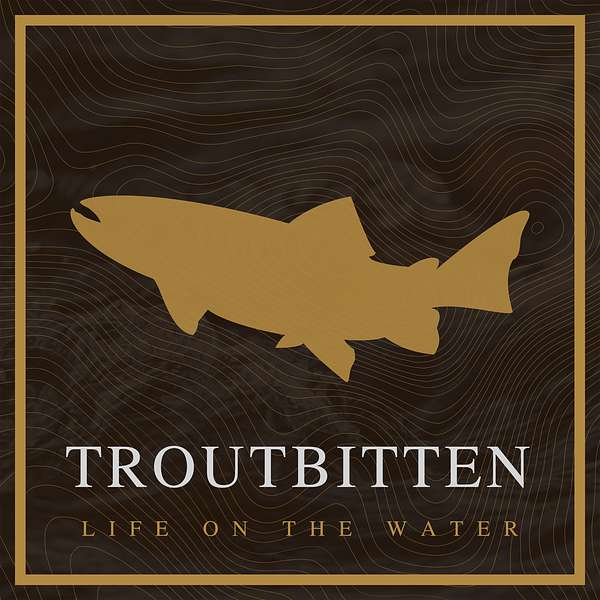
Troutbitten
Life on the water. Troutbitten is a deep dive into fly fishing for wild trout in wild places. Author and guide, Domenick Swentosky, shares stories, tips, tactics and conversations with friends about fly fishing through the woods and water. Explore more. Fish hard. And discover fly fishing at Troutbitten.com — an extensive resource with 1500+ articles about trout, friends, family and the river.
Troutbitten
Casting and Mending -- Dry Fly Skills Series #4
Our discussion here is about casting dry flies, and that’s where all good fly casting starts. With a dry fly, there’s no weight at the end of the line to help us out. No split shot, no tungsten bead, conehead or bobber. Refining the dry fly stroke truly teaches us what the fly rod is built to do.
Ten and two. Acceleration and crisp stops between two points. Pause and allow turnover to happen. Feel the rod load and watch it all happen with the fly line in the air. Once you have that timing, your baseline is set, and you can take that same stroke to any rod angle, punching the fly around and laying things out just how you want them with a few adjustments.
Good mending is setup by good casting. Put the two together, and you can feed slack to a dry fly for perfect drag free drifts.
Having command over all of that . . . is a lot of fun.
My friend, Matt Grobe, joins me to for a great discussion on casting and mending dry flies.
Resources
READ: Troutbitten | Category | Dry Fly Fishing
READ: Troutbitten | Ten and Two
READ: Troutbitten | Put More Juice in the Cast
READ: Troutbitten | Five Tips for Better Mending
Visit
Troutbitten Website
Troutbitten Instagram
Troutbitten YouTube
Troutbitten Facebook
Thank You to Pre-Roll Ad Sponsors:
Skwala
and
Orvis
Thanks to TroutRoutes:
Use the code TROUTBITTEN for 20% off your membership at
https://maps.troutroutes.com
Thanks to Skwala
Use the code, TROUTBITTEN10 for 10% off your order at
https://skwalafishing.com/